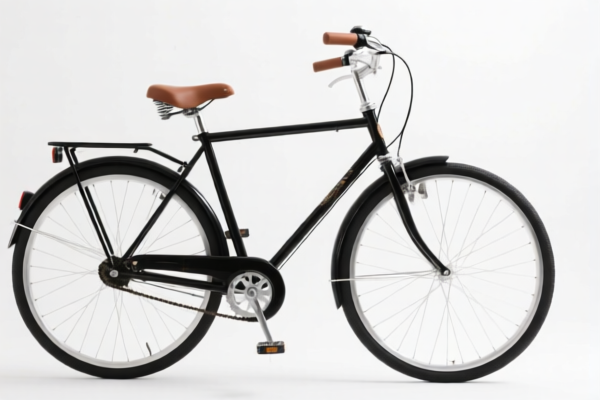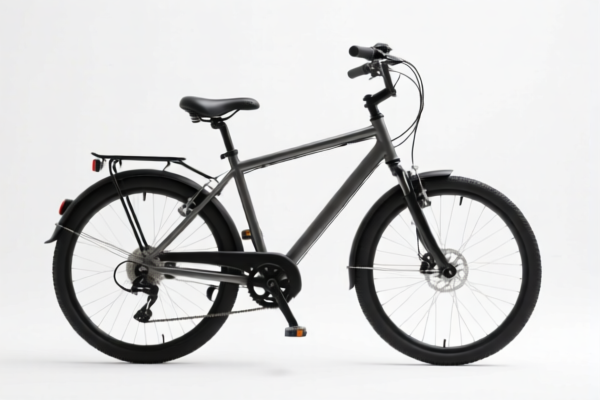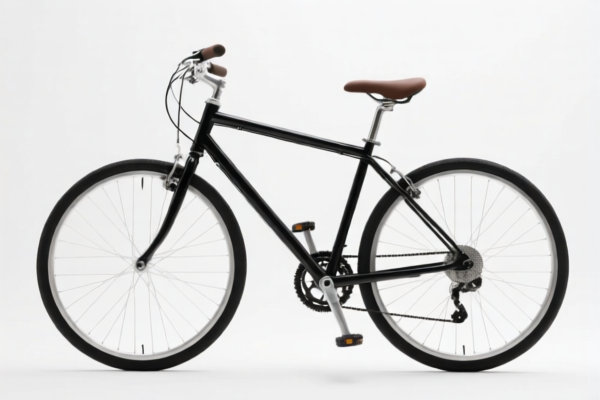| HS Code | Official Doc | Tariff Rate | Origin | Destination | Effective Date |
|---|---|---|---|---|---|
| 8801000050 | Doc | 37.5% | CN | US | 2025-05-12 |
| 8801000010 | Doc | 37.5% | CN | US | 2025-05-12 |
| 8807909060 | Doc | 55.0% | CN | US | 2025-05-12 |
| 8807903000 | Doc | 55.0% | CN | US | 2025-05-12 |
| 8806100000 | Doc | 55.0% | CN | US | 2025-05-12 |
| 8806290000 | Doc | 55.0% | CN | US | 2025-05-12 |
| 8412809000 | Doc | 55.0% | CN | US | 2025-05-12 |
| 8412801000 | Doc | 55.0% | CN | US | 2025-05-12 |
| 8712004800 | Doc | 66.0% | CN | US | 2025-05-12 |
| 8712003500 | Doc | 66.0% | CN | US | 2025-05-12 |
| 8711600050 | Doc | 55.0% | CN | US | 2025-05-12 |
| 8711600090 | Doc | 55.0% | CN | US | 2025-05-12 |
| 8711100000 | Doc | 55.0% | CN | US | 2025-05-12 |
| 8714998000 | Doc | 47.5% | CN | US | 2025-05-12 |
| 3926909989 | Doc | 42.8% | CN | US | 2025-05-12 |




Electric Bicycle
An electric bicycle, also known as an e-bike, is a bicycle with an electric motor for propulsion. While resembling traditional bicycles, e-bikes provide assistance to the rider through the motor, making cycling easier and faster.
Materials
E-bikes are constructed from materials similar to conventional bicycles, with additions to accommodate the electrical components:
- Frame: Typically aluminum alloy, steel, carbon fiber, or titanium, providing the structural base. Aluminum is common for its lightweight and affordability.
- Motor: Electric motors utilize magnets and coils to convert electrical energy into mechanical energy. Common motor types include hub motors (integrated into the wheel) and mid-drive motors (located at the bottom bracket).
- Battery: Lithium-ion batteries are the standard due to their high energy density, relatively light weight, and long lifespan.
- Controller: An electronic device that manages the motor's output based on rider input and sensor data.
- Sensors: Pedal assist sensors detect the rider’s pedaling effort and activate the motor accordingly.
- Display: Shows information such as speed, battery level, assist level, and distance traveled.
- Wiring: Connects all electrical components.
Purpose
E-bikes serve a variety of purposes:
- Commuting: Providing assistance on daily commutes, reducing physical exertion and travel time.
- Recreation: Enabling riders to enjoy longer distances and challenging terrain with less effort.
- Fitness: Offering a lower-impact workout option, allowing riders to adjust the level of assistance.
- Cargo Transport: Specialized models are designed for carrying heavier loads, replacing car trips for errands.
- Accessibility: Providing a means of transportation for individuals with physical limitations.
Function
E-bikes function through the integration of a motor and battery system:
- Pedal Assist: The motor provides assistance while the rider is pedaling, augmenting their effort. Assist levels are typically adjustable.
- Throttle: Some e-bikes feature a throttle, allowing the rider to propel the bike without pedaling (often legally restricted).
- Regenerative Braking: Certain models recapture energy during braking, partially recharging the battery.
- Electronic Control System: Manages power delivery, motor speed, and battery protection.
Usage Scenarios
E-bikes are utilized in diverse environments:
- Urban Areas: Commuting, running errands, and navigating city streets.
- Suburban Areas: Traveling longer distances, climbing hills, and carrying cargo.
- Rural Areas: Exploring trails, covering greater distances, and tackling challenging terrain.
- Hilly Regions: Providing assistance on steep inclines.
- Bike Paths and Trails: Recreational riding and exploring natural environments.
Common Types
E-bikes are categorized based on their design and functionality:
- City E-bikes: Designed for urban commuting, featuring comfortable geometry, integrated lights, and fenders.
- Mountain E-bikes (eMTBs): Equipped with suspension, powerful motors, and durable components for off-road riding.
- Road E-bikes: Lightweight and aerodynamic, designed for faster speeds on paved surfaces.
- Folding E-bikes: Compact and portable, ideal for commuters with limited storage space.
- Cargo E-bikes: Designed for carrying heavy loads, featuring extended frames and robust components.
- Step-Through E-bikes: Easy to mount and dismount, suitable for riders with mobility limitations.
- Fat Tire E-bikes: Equipped with wide tires for improved traction on sand, snow, and other challenging surfaces.
Electric bicycles are vehicles propelled by an electric motor.
Here are the relevant HS codes based on the provided reference material:
-
8711.10.00.00: This HS code falls under Chapter 87, which covers Motorcycles (including mopeds) and cycles fitted with an auxiliary motor. Specifically, it covers electric bicycles.
- 87: Motorcycles (including mopeds) and cycles fitted with an auxiliary motor.
- 11: Cycles fitted with an auxiliary motor.
- 10: Electric bicycles.
-
8711.60.00.50: This HS code also falls under Chapter 87, covering Motorcycles (including mopeds) and cycles fitted with an auxiliary motor, specifically with an electric motor for propulsion of an output not exceeding 250 W.
- 87: Motorcycles (including mopeds) and cycles fitted with an auxiliary motor.
- 11: Cycles fitted with an auxiliary motor.
- 60: With electric motor for propulsion.
- 00: Other.
- 50: Of an output not exceeding 250 W.
-
8711.60.00.90: This HS code falls under Chapter 87, covering Motorcycles (including mopeds) and cycles fitted with an auxiliary motor, specifically with an electric motor for propulsion, other than those with an output not exceeding 250 W.
- 87: Motorcycles (including mopeds) and cycles fitted with an auxiliary motor.
- 11: Cycles fitted with an auxiliary motor.
- 60: With electric motor for propulsion.
- 00: Other.
- 90: Other.
-
8712.00.35.00: This HS code falls under Chapter 87, covering Bicycles and other cycles (including delivery tricycles), not motorized. While not specifically electric, it could apply to the bicycle component of an electric bicycle.
- 87: Bicycles and other cycles (including delivery tricycles).
- 12: Not motorized.
- 00: Other.
- 35: Other.
-
8714.99.80.00: This HS code falls under Chapter 87, covering Parts and accessories of vehicles of headings 8711 to 8713, specifically other parts. This could apply to components of an electric bicycle.
- 87: Parts and accessories of vehicles.
- 14: Other.
- 99: Other.
- 80: Other.
Customer Reviews
No reviews yet.